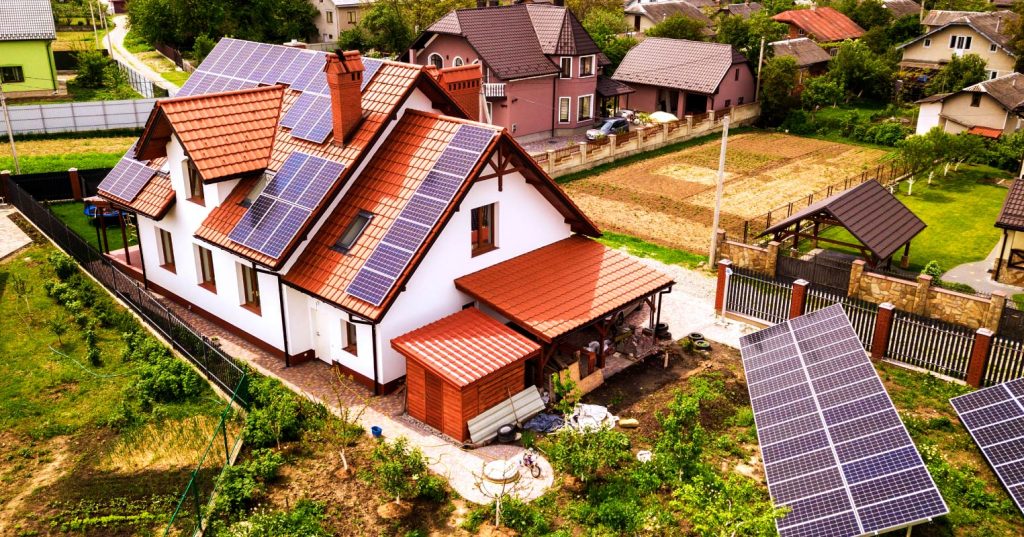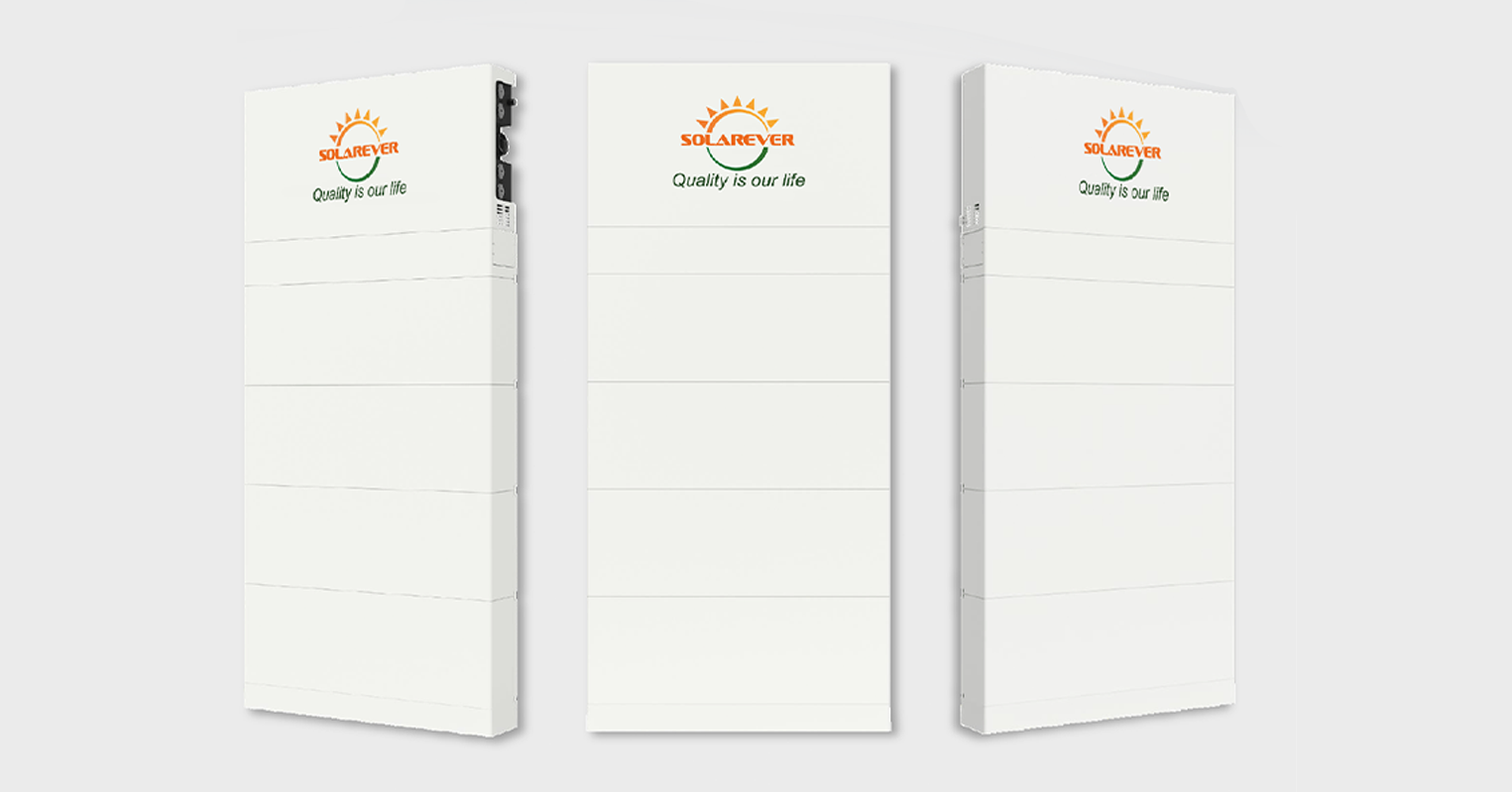2024 Federal Solar Tax Credits: A Simple Guide for Homeowners and Businesses
According to a recent report by the U.S. Energy Information Administration (EIA), solar is expected to be the leading source of growth in U.S. electricity generation through 2025. This is in part due to President Joe Biden’s Inflation Reduction Act. Signed into law in 2022, it extended existing solar tax credits and created other similar green tax credits through 2034. Individuals and businesses thinking about installing or using solar energy with SolareverUSA can take advantage of these tax benefits to reduce their tax liability and save on the costs of installing and using solar energy.
What is a U.S. tax credit?
A tax credit is a dollar-for-dollar reduction in the amount of income tax that an individual or business owes to the government. This means that if you qualify for a tax credit, it directly reduces the amount of tax you have to pay. There are various types of green energy tax credits available at both the federal and state levels, including credits for solar energy, wind energy, geothermal energy, and more. These credits are designed to incentivize individuals and businesses to invest in renewable energy sources.
One key difference between tax credits and tax deductions is that tax credits directly reduce the amount of tax owed, while tax deductions reduce the amount of income subject to tax. Consumers can determine their eligibility for these tax credits by researching the specific requirements for each credit, which can vary based on factors such as the type of energy system installed and the date it was placed in service. In some cases, both federal and state tax credits can be combined to maximize savings for the taxpayer.
What federal solar tax credits are available for individuals and businesses?
There are two main solar tax credits available to make solar energy more affordable and accessible, ultimately reducing reliance on fossil fuels and lowering carbon emissions. The main solar tax credit available is the federal solar tax credit, also known as the investment tax credit (ITC). The ITC is a financial incentive offered by the U.S. government to promote the use of solar energy. It allows individuals and businesses to deduct a percentage of the cost of installing a solar energy system from their federal taxes.
Businesses can also take advantage of a second tax credit: the production tax credit (PTC). The PTC allows eligible businesses to claim a tax credit for each kilowatt-hour of electricity produced from qualified energy resources. However, these tax credits can usually not be used together for the same property.
A Homeowner’s Guide to the Solar Federal Tax Credit
Overview
The Federal Solar Tax Credit, also known as the Investment Tax Credit (ITC), provides homeowners with a tax credit worth 30% of the cost of installing a solar energy system. To be eligible, homeowners must have an “original” solar system that is installed after 2017 on their own property. To apply, individuals should complete IRS Form 5695 when filing their taxes and include the cost of the solar energy system. The solar tax credit is currently available through 2034, with the percentage gradually decreasing over time. The potential savings for homeowners can be significant, with the 30% tax credit reducing the overall cost of the solar energy system. On average, homeowners can save thousands of dollars with the ITC, making the investment in solar energy more financially feasible.
Individual federal solar tax credit: eligibility
To determine if you are eligible to claim the ITC, you must meet certain criteria.
- Timing: Your solar PV system must be installed between January 1, 2017, and December 31, 2034
- Age: The solar PV system is an “original installation” (new or being used for the first time)
- Location: The solar PV system is located in the United States at either a primary or secondary residence owned by you
- Purchase details: You purchased the solar PV system with either cash, financing, OR have an interest in an off-site community solar project
Individual federal solar tax credit: included expenses
The specific expenses that are included for U.S. tax credits for using solar energy include the costs for solar PV panels, contractor labor, balance-of-system equipment (inverters, wiring, and mounting equipment), permitting, inspection, and developer fees, energy storage devices, and sales taxes on all of the above.
Is the solar tax credit refundable?
No, the solar tax credit is nonrefundable, meaning it can only be carried forward or retraced for one year.
How do you claim the solar tax credit?
To claim the ITC in the United States, you will need to fill out IRS Form 5695 when you file your federal tax return. This form will allow you to calculate the amount of your credit based on the eligible costs of your solar energy system. In addition to Form 5695, you will also need to provide documentation to support your claim, such as receipts and other proof of purchase for the solar energy equipment.
To learn more about the specifics of the ITC, visit the IRS resources outlined here and The Office of Energy Efficiency and Renewable Energy (EERE) website.

A Business’s Guide to the Solar Federal Tax Credit and the Production Tax Credit
Overview
The Investment Tax Credit (ITC) and the Production Tax Credit (PTC) are green incentives available to businesses engaged in or planning to engage in renewable energy production. The ITC provides a tax credit for up to 30% of the eligible costs for solar energy systems, while the PTC provides a tax credit of up to 2.75 cents for each kilowatt-hour of electricity produced from qualified energy resources like solar for the first 10 years of operation. To be eligible, businesses must have an “original” solar system with construction starting after 2006. To claim the ITC, a taxpayer should complete IRS Form 3468 and add it to their tax return, or need to do similar with IRS Form 8962 to claim the PTC. These credits are currently available through 2036, but start decreasing in 2034.
However, starting in 2023, there are additional key tax benefits and incentives for installing solar panels. These include a 10% domestic content bonus for materials manufactured or produced in the United States, a 10% energy community bonus for projects in specific locations, and a 10-20% low-income bonus available to projects using the ITC located in low-income communities. In addition, businesses can also deduct some solar costs such as depreciation and can also take advantage of state and local tax incentives for solar energy investments.
Business federal solar tax credit and PTC: eligibility
To determine if your business is eligible for either the ITC or PTC, your business must meet certain criteria and the general requirements are the same for both tax credits.
- Timing: Your solar PV system construction must start between 2006 and 2036
- Age: The solar PV system is an “original installation” (new or being used for the first time with limited previously used equipment)
- Location: The solar PV system is located in the United States or U.S. territories
- Purchase details: The solar PV system can not be leased to a tax-exempt entity
Business federal solar tax credit and PTC: included expenses
The specific expenses that are included for the ITC for using solar energy include the costs for solar PV panels, contractor labor, Step-up transformers, CSP equipment, circuit breakers, surge arrestors, balance-of-system equipment (inverters, racking, and mounting equipment), energy storage devices, and sales taxes on all of the above.
For the PTC, the eligible expense is each kilowatt-hour of electricity produced from qualified energy resources like solar for the first 10 years of operation.
Are the solar tax credits refundable?
No, neither the ITC or PTC are refundable tax credits.
How do you claim the solar tax credits?
In order to claim the ITC, an individual must fill out and submit IRS Form 3468 along with their tax return. To claim the PTC, a taxpayer must do the same with IRS Form 8962 to their tax return.
To learn more about the specifics of the ITC and PTC and how they can benefit businesses, visit the The Office of Energy Efficiency and Renewable Energy (EERE) website.
Next Steps
Whether you are a homeowner installing solar at your property or a business going green, you can save more money by taking advantage of solar tax credits. The Investment Tax Credit and Production Tax Credit help homeowners and businesses reduce their income tax by up to 30% of the cost of the solar system, including permitting and installation fees. As a leading solar panel manufacturer, SolareverUSA takes pride in pricing transparency and helping customers save money through solar.
Want to know more about qualifying for tax credits and saving money? Contact us today!
More related posts ► HOW SOLAR STORAGE BATTERIES ARE CHANGING THE GAME FOR HOMEOWNERS.






